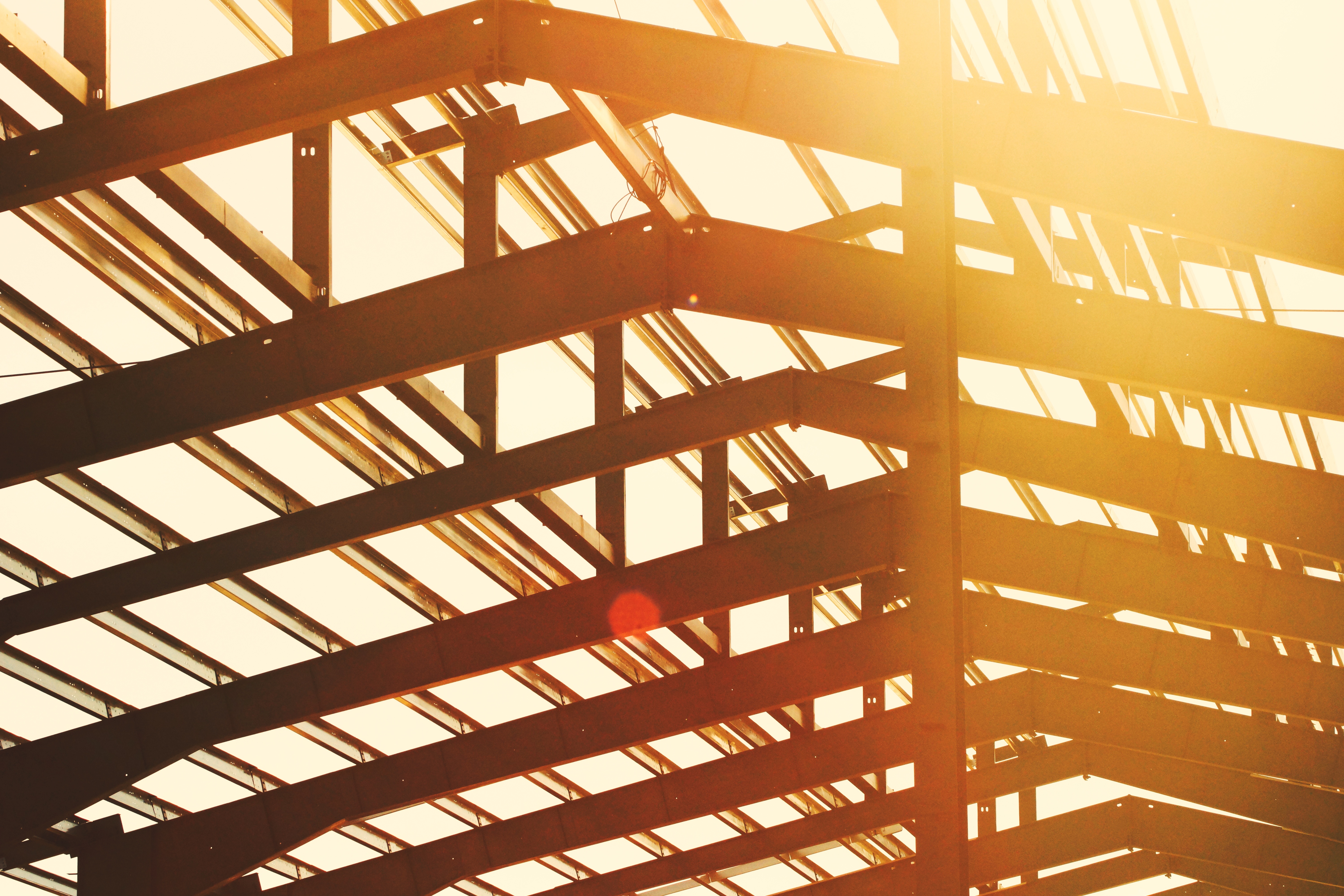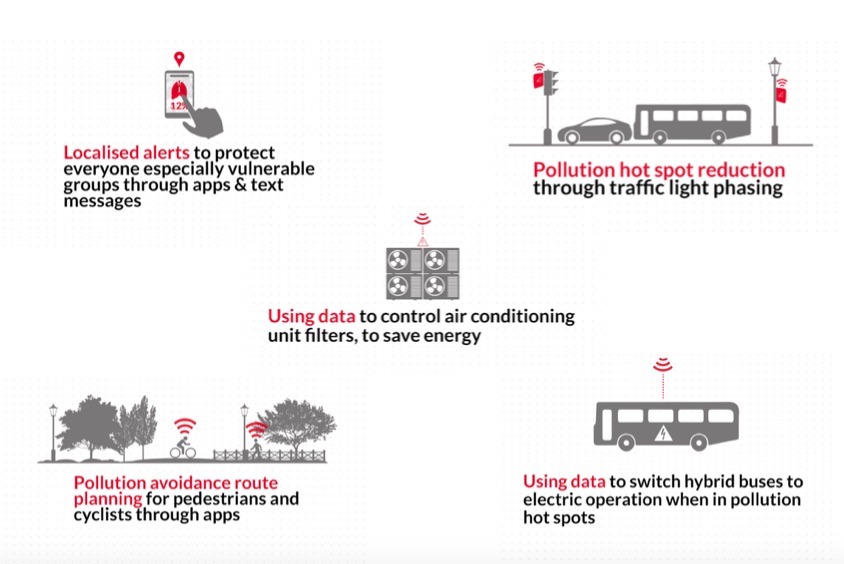
What can be done about it?
You can’t manage what you do not measure, and today…
- Monitoring is either sparse & expensive (only 300 official stations in the UK), or temporally poor (historic averages only)
- So spatial & temporal variability is not captured (e.g. ‘hot spots’)
- Derived parameters (e.g. personal pollution exposure) are therefore unreliable or inaccurate)
So what we need is better monitoring, featuring…
- Granularity – hundreds or even thousands of monitors – because air quality varies greatly over short distances – even across a road
- Continuous operation – because air quality also varies from one minute to the next, driven usually by weight of traffic
- Real-time – if data isn’t valid right now, you can’t take appropriate action
But how does better measurement actually help?
It’s the first step, without which you can’t take the vital next steps:
- Avoidance – Reducing the impact on public health, by helping people avoid it – e.g. low-pollution route planning apps
- Mitigation – the data will show how and where to apply new technology or rules
2: Reduce Exposure
Air pollution is a significant and undeniable problem in the UK, seriously affecting health as well as the environment and infrastructure. If you live or work in a polluted area, moving house or changing job probably isn’t really an option.
However, there are some simple solutions that can help reduce you and your family’s exposure to air pollution:
- Cross the street. Avoid “street canyons” with tall buildings at either side because air pollution gets trapped and isn’t as easily blown away. Pollution also accumulates on the sheltered side of the street – so walk on the unsheltered side
- Plant trees outside your home. Research shows planting trees outside your home helps shield it from pollution, as well as actually absorbing pollutants
- Stand back from the road. Even a distance of just a few feet can make a difference when it comes to how much pollution you breathe in. This is particularly worth remembering when going out with children, as they’re closer to car exhaust level and tend to breathe deeper than adults
- Run first thing in the morning. If you like to run or jog, the best time to go is generally first thing in the morning, before the day’s traffic affects air quality & where possible choose green spaces
- Set your car fan on recirculate in traffic. To avoid inhaling fumes from the car in front when stuck in traffic, set your fan on recirculate and keep windows closed
- Choose a different bus seat. Dr Roy Colvile from Imperial said if you set on the opposite side to the driver you’re less exposed and, as you’d imagine, upstairs is better on a double decker
- Drink plenty of fluids to keep your respiratory tract moist. This helps keep it in tip-top shape to battle environmental assaults from pollutants
- Reducing outdoor air infiltration to indoors. When there is a high pollution episode (for example during rush hour) – be sure to keep your windows & doors closed
- Avoid walking, jogging or cycling along busy roads. These are roads with lots of traffic, especially at rush hour – take the smaller, quieter roads
3: Some of the things Deliver Change will do with better data…

